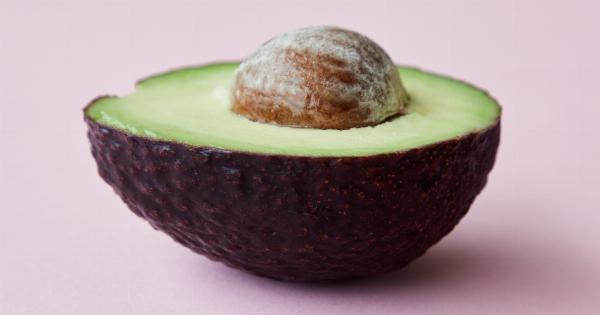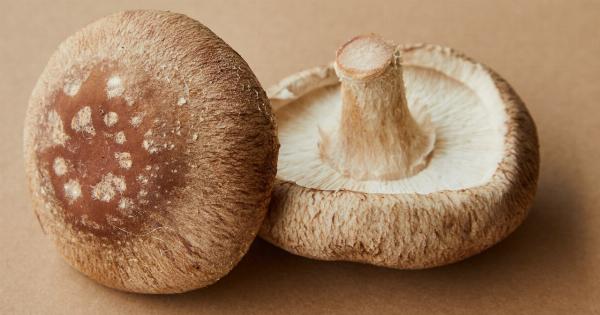Salt is a common ingredient used in cooking to enhance the flavor of dishes. However, excessive salt consumption can contribute to health problems such as high blood pressure and water retention.
If you’re looking to reduce your salt intake but still want to enjoy delicious meals, there are plenty of salt-free seasoning options available. In this article, we will explore various salt-free seasoning tips that will add flavor to your dishes without relying on sodium chloride.
1. Herbs and Spices
Herbs and spices are excellent alternatives to salt when it comes to seasoning. They offer a wide range of flavors and can be combined to create unique and delicious blends. Some commonly used herbs and spices include:.
- Black pepper
- Paprika
- Oregano
- Basil
- Thyme
- Rosemary
- Cumin
- Turmeric
- Cayenne pepper
- Coriander
Experiment with different combinations of herbs and spices to find your preferred flavor profile. You can use them to season meat, vegetables, soups, stews, and even desserts.
2. Citrus Zest
Citrus fruits like lemons, limes, and oranges can add a burst of freshness and acidity to your dishes. By using the zest (the outermost layer of the peel), you can achieve a strong citrus flavor without the need for salt.
Simply grate the zest with a fine grater and sprinkle it over your food. It works especially well on fish, poultry, salads, and desserts.
3. Vinegars
Vinegars, such as balsamic, apple cider, or red wine vinegar, can provide a tangy flavor to your meals. They add acidity and brightness to dishes without the need for salt.
Use them in dressings, marinades, or as a finishing touch on cooked meats and vegetables.
4. Dried Mushrooms
Dried mushrooms, such as porcini or shiitake, have an intense umami flavor that can rival the depth of flavor achieved with salt. They can be ground into a powder and sprinkled over dishes or rehydrated and used in stocks, sauces, and soups.
The umami richness adds complexity to your meals without the sodium content.
5. Garlic and Onion
Garlic and onion are essential ingredients in many dishes, and they provide their own natural flavor boost. Using them generously can help reduce the need for salt.
You can finely chop or mince garlic and onion and sauté them in a little oil before adding them to your recipes. This will release their flavors and aromas, enhancing the overall taste of your dishes.
6. Homemade Stocks
Instead of relying on store-bought stocks, which often contain high levels of sodium, consider making your own at home. By simmering vegetables, herbs, and spices, you can create a flavorful and low-sodium base for soups, stews, and sauces.
This way, you have control over the amount of salt used or can omit it entirely.
7. Coconut Aminos
Coconut aminos are a popular alternative to soy sauce and tamari for those looking to reduce their sodium intake. Made from coconut sap, it has a similar umami taste to soy sauce without the high sodium content.
Use it as a marinade, dipping sauce, or as a seasoning in stir-fries and other Asian-inspired dishes.
8. Herb-infused Oils
Homemade herb-infused oils can add a burst of flavor to your cooking. By infusing oils like olive oil with herbs such as rosemary, thyme, or basil, you can create your own signature seasoning.
Drizzle the oil over vegetables, meats, or use it as a base for salad dressings.
9. Nutritional Yeast
Nutritional yeast is a versatile ingredient that can be used to add a cheesy and nutty flavor to dishes. It is often used as a vegan alternative to cheese and can be sprinkled on top of pasta, salads, popcorn, or roasted vegetables.
Nutritional yeast is also a good source of vitamin B-12.
10. Salt-Free Seasoning Blends
There are many salt-free seasoning blends available in stores or online. These blends are specifically designed to enhance the taste of your dishes without any added salt.
Look for options that contain a variety of herbs, spices, and dried vegetables, ensuring a well-rounded flavor profile.
By implementing these salt-free seasoning tips into your cooking routine, you can still enjoy delicious and flavorful meals without compromising your health.
Experiment with different combinations and flavors to find what suits your taste preferences best.






























